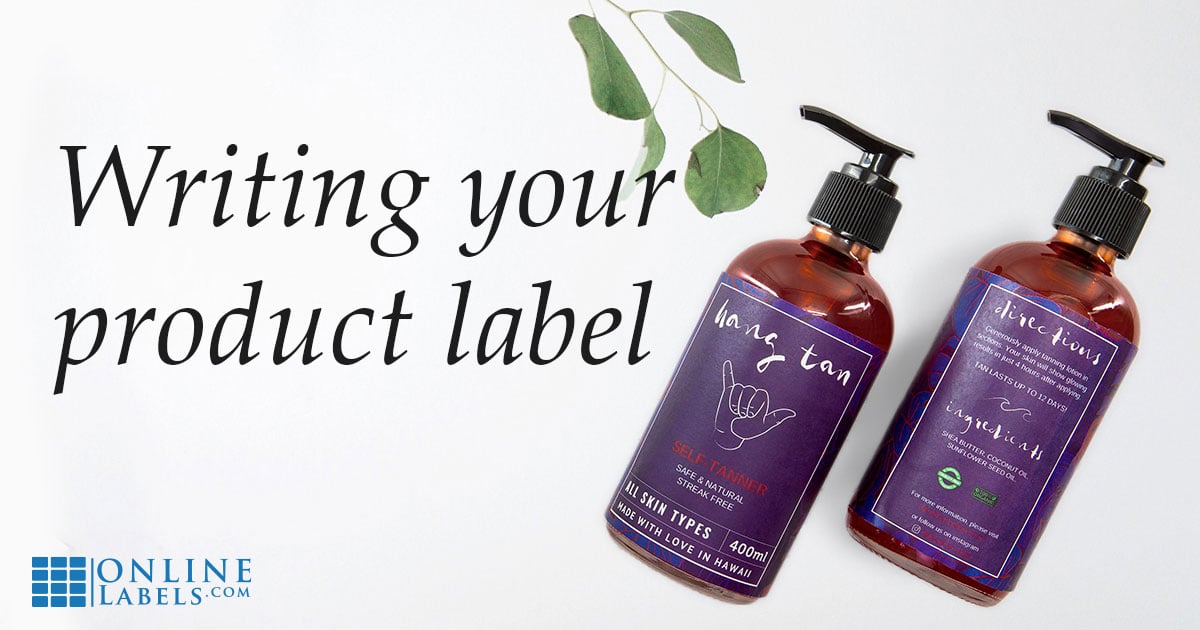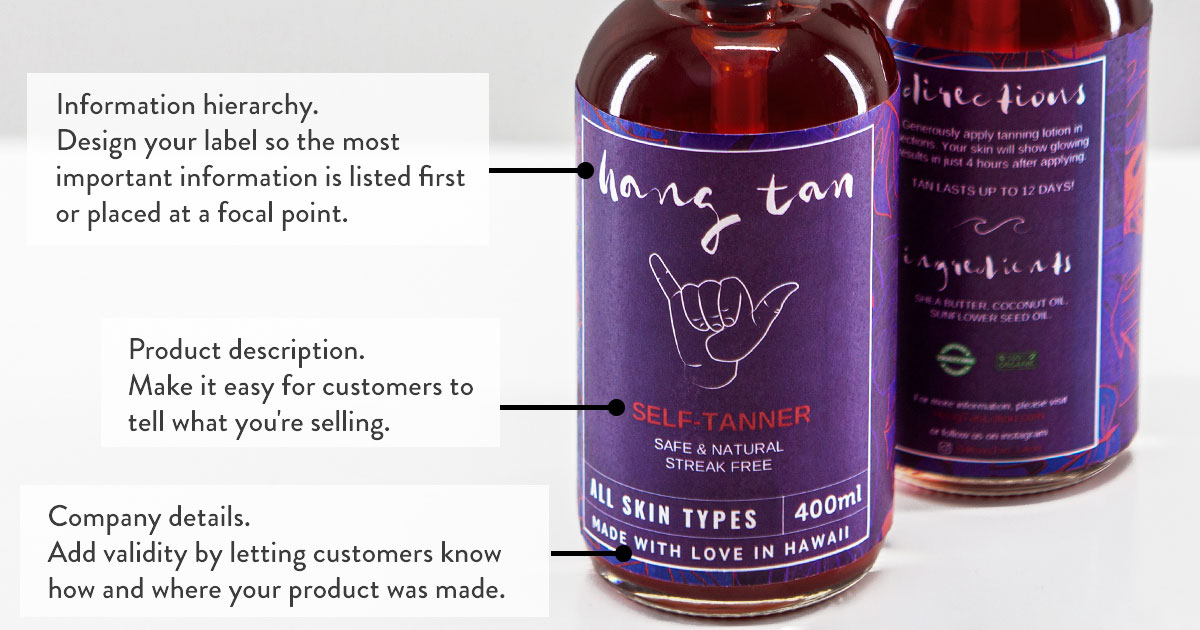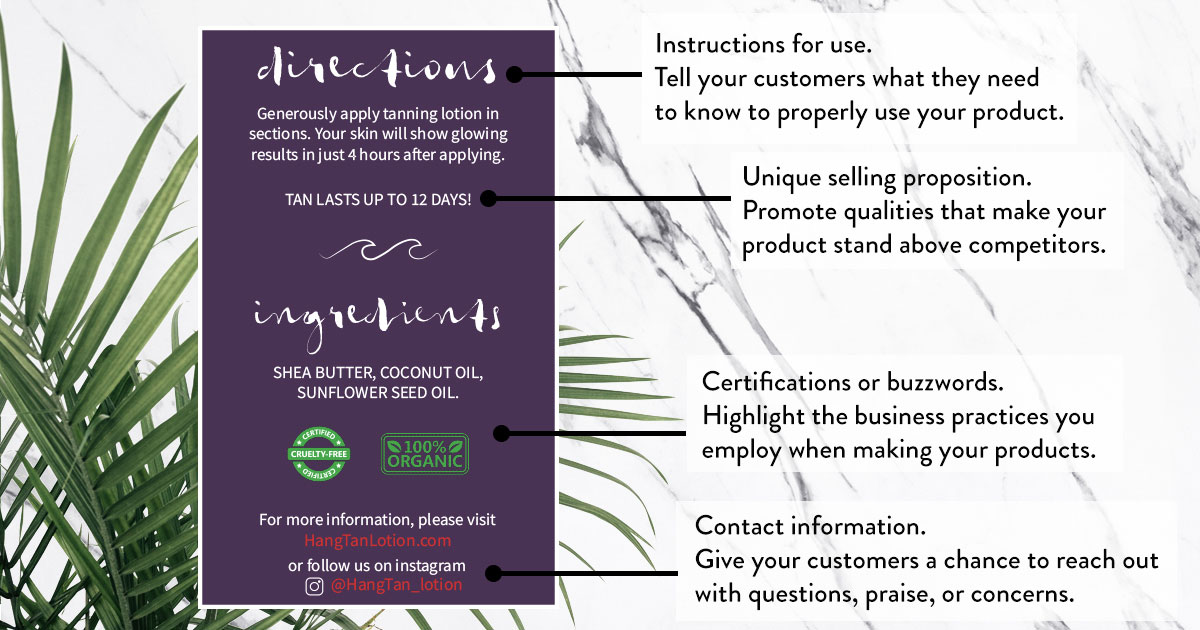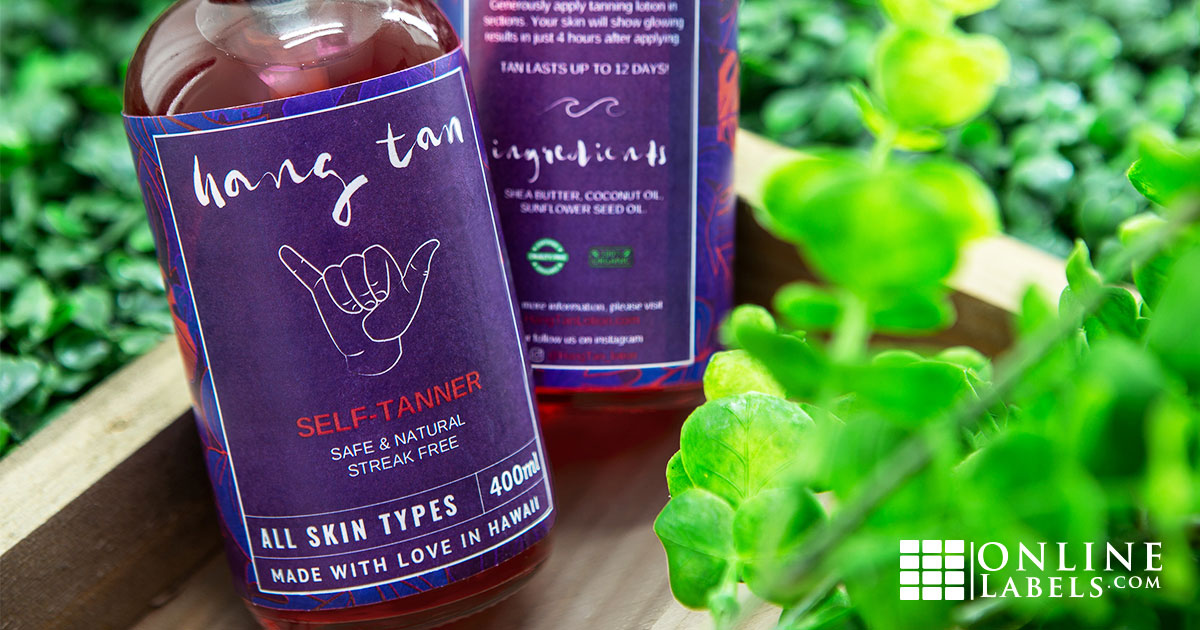5 Effective Content Marketing Tactics To Include In Your Label Design

No matter how popular you think your product can be, it won't draw consumers' attention without well-thought out packaging. So what's the secret?
Promotional language.
Unique, attention-grabbing artwork is important, but for many customers, they need to be told why they should buy your product over a competitors. So if you're just listing out ingredients or writing a description, you're not making a case for them to purchase your product.
Below, we cover the top ways to add value to your product label so it does the selling for you.
1. Craft your sales message
The description is the perfect place to explain how your product differs from others on the market. Put yourself in the mind-frame of the customer. Ask yourself:
- What is exciting about your product?
- What are the unique benefits of your product?
- What are the benefits of buying from your company?
- What promotions or value-adds does your product include that make it a better deal?
Once you have an idea of what to say, write using you-centric language. An example for a lip balm could be, "You want soft, supple lips that stay hydrated for hours – over or under your lipstick."
The key here is that you insert the customer into the description (the "you" and "your" keywords). This example also describes a perk the customer would benefit from: hydrated lips for hours.
These should be as specific as possible to clearly show a difference from your competitors — but everything you write must be true. Don't make claims you don't have the science to back up.

2. Take note of the "hype"
Pay attention to ads and packaging from your competitors, as well as the bigger players in your space. What are they promoting lately, do you offer those same things?
You don't have to jump on the bandwagon of viral trends to get in on the hype. Emphasising your health benefits or clean ingredients, for example, is an easy way to build the growth health trend into your packaging.
See how you can be a part of a trend, but still stand out.
3. Don't forget to offer help
Make sure to include directions on how to appropriately use your product. Include suggestions and ideas, offer your social handles, include a customer service email address, etc. Be a wealth of knowledge for interested customers.
Turn your company into a leading source of information for your type of product(s). Are there other things your product is good for? Add the URL to your blog if you have one!

4. Highlight what customers need to know
Now that you've written a user-centric description that touts benefits, it's time to focus on the hierarchy of information. Consumers are prone to skimming so you need your most important text to jump off the page.
Pull an interesting line from your description or take a blurb from one of your customer testimonials and add something to make it pop. This could be the addition of an eye-catching colour, a unique text treatment, or a neat graphic that helps call attention to your message.
5. Keep it simple
The goal is always consumer interest, so don't overwhelm them. Don't be afraid to strip away fluff and excess. Take everything you've written, designed, and planned out, and condense it.
The goal is to be clear and easy to understand. You want consumers to actually read what's on your label, not get caught up in how much text there is and move on.

If you've read all the way through this article, you're in the minority – most people skim. There is a lot that can be missed by skimmers, so keep your copy short and sweet for your consumers. Good luck!
For more tips on marketing your product, read our expert marketing recommendations and spice up your small business blog.


